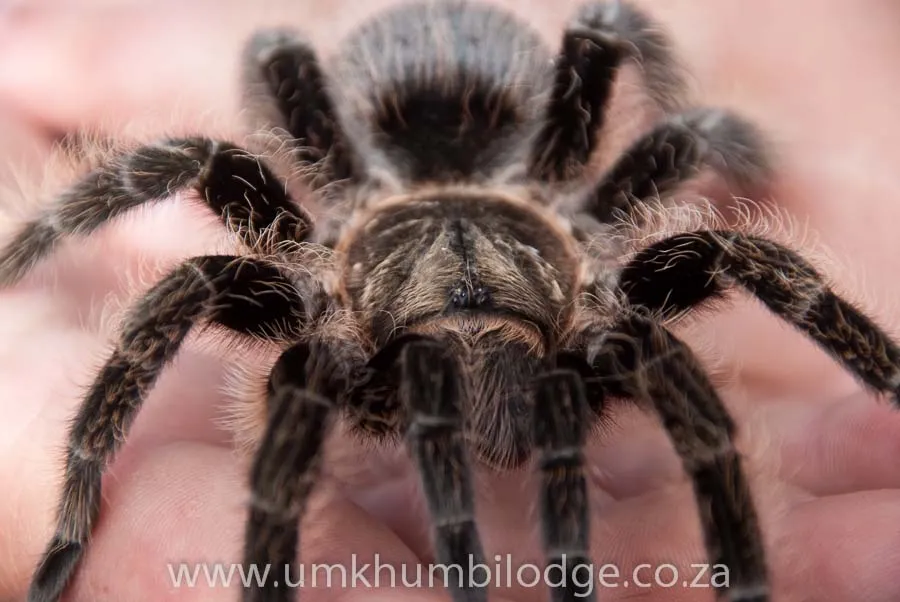Understanding the Mexican Curly Hair Tarantula
The Mexican Curly Hair Tarantula, scientifically known as Tliltocatl albopilosus, is a popular choice for beginner tarantula keepers due to its docile nature and relatively easy care requirements. Native to the tropical dry forests of Central America, particularly Costa Rica, these spiders are known for their distinctive appearance and calm demeanor. This comprehensive care guide will provide you with all the essential information you need to properly care for your Mexican Curly Hair Tarantula, ensuring its health, happiness, and longevity. Learning the basics will help you create a thriving environment for your new pet, allowing you to enjoy the fascinating world of these arachnids. Proper care involves understanding their natural habitat, providing appropriate housing, feeding them correctly, and recognizing signs of health issues. With the right knowledge and dedication, you can become a successful tarantula keeper.
Origin and Habitat of the Mexican Curly Hair Tarantula
Understanding the natural habitat of the Mexican Curly Hair Tarantula is crucial for replicating the conditions it needs to thrive in captivity. These tarantulas originate from the tropical dry forests of Central America, primarily in Costa Rica. In their natural environment, they are terrestrial spiders, meaning they live on the ground. They typically burrow in the soil or find shelter under logs, rocks, and leaf litter to protect themselves from predators and the elements. The climate in their native habitat is characterized by a distinct wet and dry season, with temperatures ranging from 70 to 90 degrees Fahrenheit. Humidity levels fluctuate, but generally remain moderate. Replicating these conditions in your tarantula’s enclosure is essential for its well-being.
Appearance and Characteristics
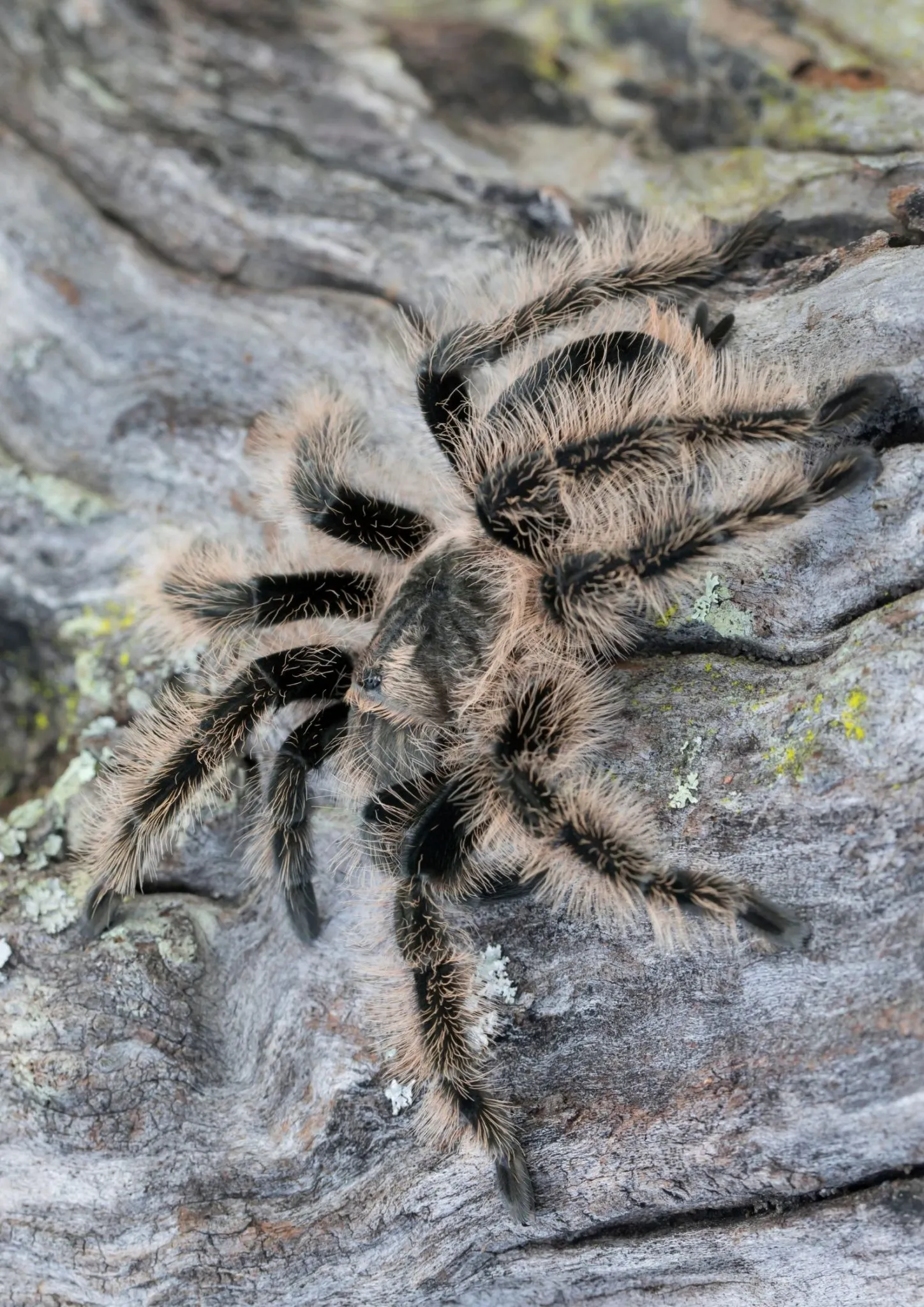
The Mexican Curly Hair Tarantula is easily recognizable by its striking appearance. They typically have a dark brown or black body, with long, curly hairs covering their carapace, legs, and abdomen. These hairs give them their characteristic “curly” appearance, hence the name. The color of the hairs can range from a lighter tan to a golden brown, adding to their visual appeal. As they mature, the hairs may become more pronounced. Adult females can grow up to 5-6 inches in leg span, while males are generally smaller. They have a robust build and are generally considered to be a hardy species. Their temperament is typically docile, making them a good choice for beginners. However, it’s important to remember that they are still wild animals and should be handled with care and respect.
Setting Up the Perfect Habitat
Creating the right habitat is the foundation of proper Mexican Curly Hair Tarantula care. A well-designed enclosure not only provides a comfortable living space for your tarantula but also allows you to observe its behavior and ensure its health. The enclosure should mimic the tarantula’s natural environment as closely as possible, providing appropriate shelter, temperature, humidity, and substrate. Proper setup is essential for their physical and psychological well-being. Consider the size, the materials, and the overall design, ensuring it meets the tarantula’s specific needs. A well-designed habitat is critical for the long-term health and happiness of your pet.
Choosing the Right Enclosure
The size of the enclosure should be appropriate for the size of your tarantula. A good rule of thumb is to provide an enclosure that is at least three times the tarantula’s leg span in width. For slings (juvenile tarantulas), a small deli cup or a similarly sized container with ventilation holes is sufficient. As they grow, you will need to upgrade to a larger enclosure. A 10-gallon aquarium or a similar-sized plastic terrarium is suitable for adult Mexican Curly Hair Tarantulas. Make sure the enclosure has a secure lid to prevent escape. Glass or clear plastic enclosures are recommended as they allow for easy viewing. Ventilation is crucial, so ensure the enclosure has adequate cross-ventilation to prevent the buildup of humidity and mold. The enclosure should be escape-proof, with a secure lid and no gaps where the tarantula can squeeze through.
Substrate and Decor
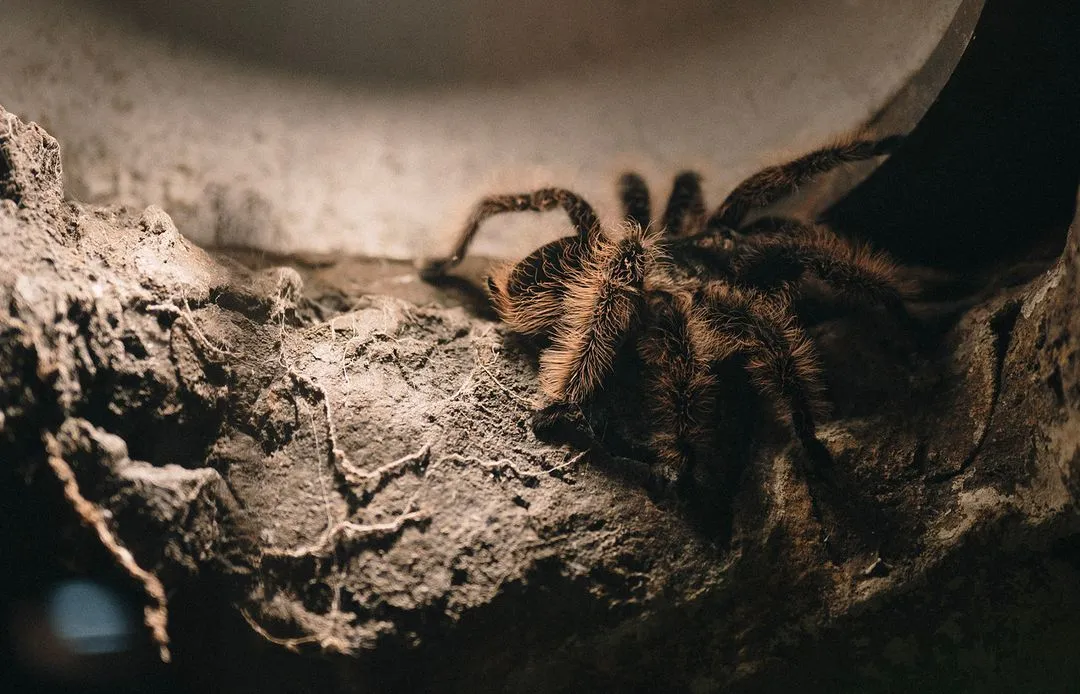
The substrate, or bedding, is an important part of the tarantula’s habitat. It provides a comfortable surface for the tarantula to walk on and helps to regulate humidity. A good substrate for Mexican Curly Hair Tarantulas is a mixture of peat moss, coconut fiber (coir), and a small amount of vermiculite. This combination provides good moisture retention and allows the tarantula to burrow. The substrate should be deep enough for the tarantula to burrow, typically 4-6 inches. Adding a hide, such as a cork bark, half log, or a commercially available tarantula hide, provides a secure place for the tarantula to retreat and feel safe. You can also add some artificial or live plants for decoration and to help maintain humidity. Avoid using sharp or abrasive decorations. The substrate should be kept clean by removing any uneaten food or molted exoskeletons. The substrate should be moist but not soggy.
Temperature and Humidity Control
Maintaining the correct temperature and humidity levels is vital for the health of your Mexican Curly Hair Tarantula. The ideal temperature range for these tarantulas is between 75 and 85 degrees Fahrenheit (24-29 degrees Celsius). You can use a heat mat or a ceramic heat emitter to provide supplemental heat if necessary. The heat source should be placed on the side of the enclosure, not directly underneath, to prevent the substrate from drying out too quickly. Humidity levels should be maintained between 60-70%. You can monitor humidity using a hygrometer. To increase humidity, lightly mist the enclosure with dechlorinated water once or twice a week, or as needed. Ensure that the enclosure has adequate ventilation to prevent mold growth. Avoid direct sunlight, as this can overheat the enclosure. Consistent temperature and humidity contribute to a healthy and thriving tarantula.
Feeding Your Tarantula
Proper feeding is critical for maintaining the health and vitality of your Mexican Curly Hair Tarantula. These tarantulas are opportunistic predators, and their diet should consist primarily of insects. Providing the right food and adhering to a suitable feeding schedule will ensure your tarantula receives the necessary nutrients. The type of food and the frequency of feeding depend on the tarantula’s age and size. Always offer food items that are appropriate in size and nutritional value. Overfeeding should be avoided to prevent health problems. A well-fed tarantula is a healthy tarantula, so be sure to focus on a balanced diet and a regular feeding schedule.
What to Feed a Mexican Curly Hair Tarantula
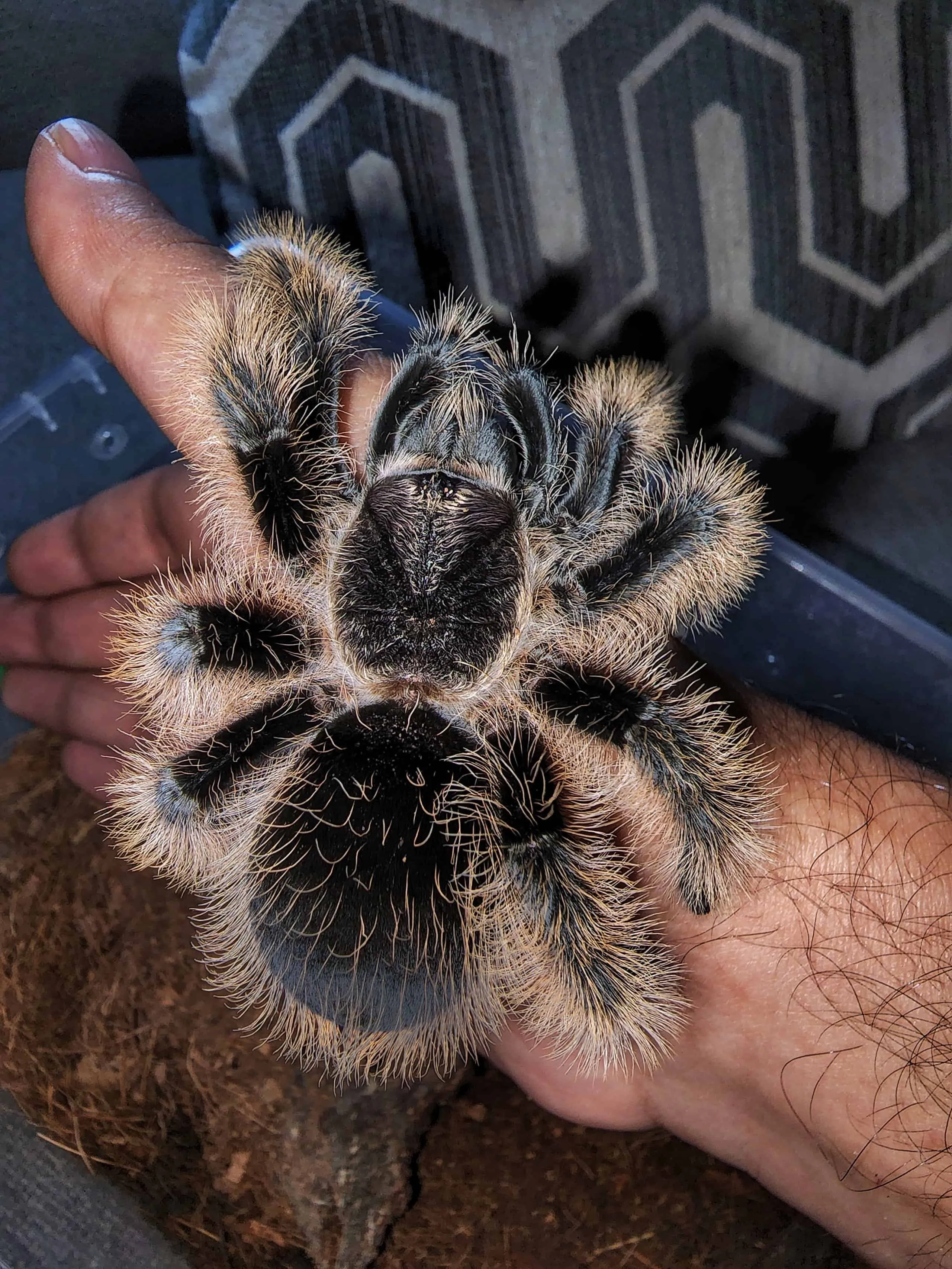
The primary food source for Mexican Curly Hair Tarantulas should be insects. Suitable feeder insects include crickets, mealworms, superworms, and dubia roaches. The size of the insect should be appropriate for the size of the tarantula; the insect should be no larger than the tarantula’s body. Crickets are a good staple food, and mealworms can be offered in moderation. Superworms are a good source of nutrients, but they should also be offered in moderation due to their high fat content. Dubia roaches are considered an excellent food source as they are high in protein and easy to breed. Always ensure that feeder insects are gut-loaded before feeding them to your tarantula. Gut-loading involves feeding the insects a nutritious diet for 24-48 hours before offering them to your tarantula. This ensures that your tarantula receives the maximum nutritional value from the food.
Feeding Frequency and Schedule
The feeding frequency for your Mexican Curly Hair Tarantula depends on its age and size. Spiderlings should be fed two to three times a week. As the tarantula grows, you can reduce the feeding frequency. Juveniles can be fed once a week, and adult tarantulas typically only need to be fed every one to two weeks. Observe your tarantula’s abdomen; a well-fed tarantula will have a rounded abdomen. If the abdomen appears thin or shrunken, it is an indication that it needs to be fed more frequently. Remove any uneaten food within 24 hours to prevent the growth of mold and bacteria. Avoid overfeeding, as this can lead to health problems. The tarantula may refuse to eat if it is in premolt, so don’t be alarmed if it skips a meal or two.
Watering Your Tarantula
Providing fresh water is essential for your tarantula’s health. Always make sure your tarantula has access to clean water. For spiderlings, you can use a small water dish or a bottle cap filled with water. For larger tarantulas, use a shallow water dish that is easily accessible. Fill the water dish with dechlorinated water. Change the water in the dish regularly to prevent the growth of bacteria and to keep the water clean. You can also lightly mist the enclosure to provide additional moisture, especially during molting. Avoid over-misting, as this can lead to mold growth. It is important to remember that your tarantula primarily gets its water from the food it eats and from the humidity of its environment. Clean water is critical to prevent dehydration, which can lead to serious health issues.
Handling and Safety
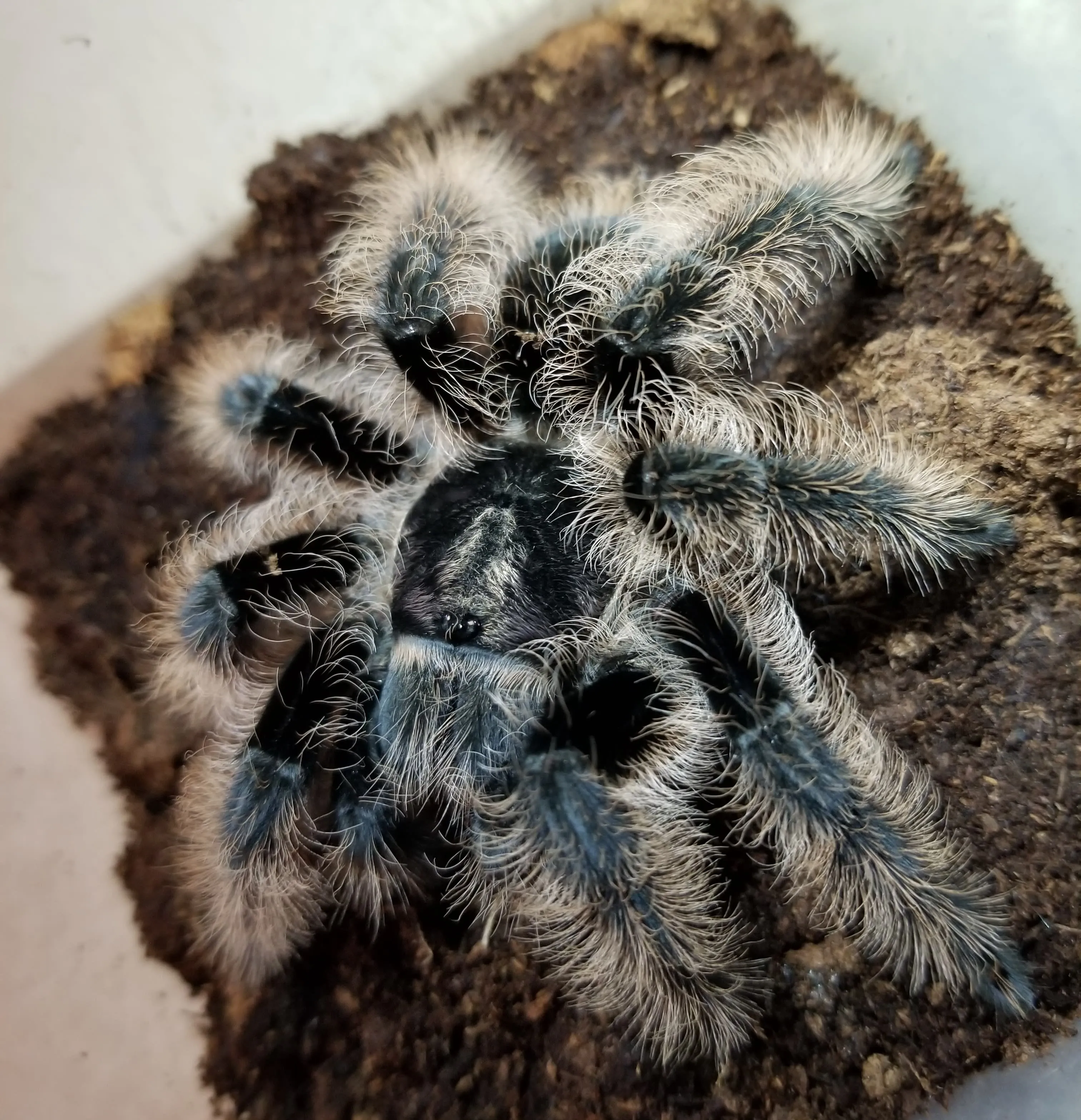
While the Mexican Curly Hair Tarantula is known for its docile nature, handling should be approached with caution and respect. Tarantulas are fragile creatures, and mishandling can lead to injury or stress. It’s important to understand the risks involved and to prioritize the safety of both the tarantula and yourself. Handling should only be done when absolutely necessary. Before attempting to handle your tarantula, make sure you are calm and confident. Sudden movements or loud noises can startle the tarantula, causing it to flick urticating hairs or even bite. Remember, tarantulas are not like other pets and should be observed more than they are handled. The less handling, the better the overall well-being.
Do Mexican Curly Hair Tarantulas Bite?
Yes, Mexican Curly Hair Tarantulas can bite, but bites are rare and are typically a last resort defense mechanism. Bites are usually caused by the tarantula feeling threatened or startled. The bite itself is comparable to a bee sting and is generally not medically significant for most people. The pain level can vary, but it is usually accompanied by localized pain, redness, and swelling. Some people may experience more severe reactions, such as allergic reactions, which would require medical attention. Avoid handling the tarantula if you are not comfortable or experienced. Avoid putting your fingers near the tarantula’s fangs, as the bite can be painful. Always wash the bite area with soap and water if bitten. If you experience severe symptoms, seek medical attention immediately. Even though bites are uncommon, caution and respect for the tarantula’s space and body language are important.
Signs of a Happy and Healthy Tarantula
Observing your tarantula’s behavior can help you determine if it is happy and healthy. A healthy Mexican Curly Hair Tarantula will be active, especially in the evening and at night. It will have a good appetite and readily accept food. The abdomen should be plump and rounded, indicating that the tarantula is well-fed. The tarantula should be alert and responsive to its environment. The legs should be strong and move easily. Look for a clean enclosure, with no mold or excessive waste. A healthy tarantula will also molt regularly. The process of molting is a sign of growth and overall health. If you observe these signs, you can rest assured that your tarantula is thriving. Providing the correct care and paying attention to its actions are essential for promoting its well-being.
Common Health Issues and Solutions
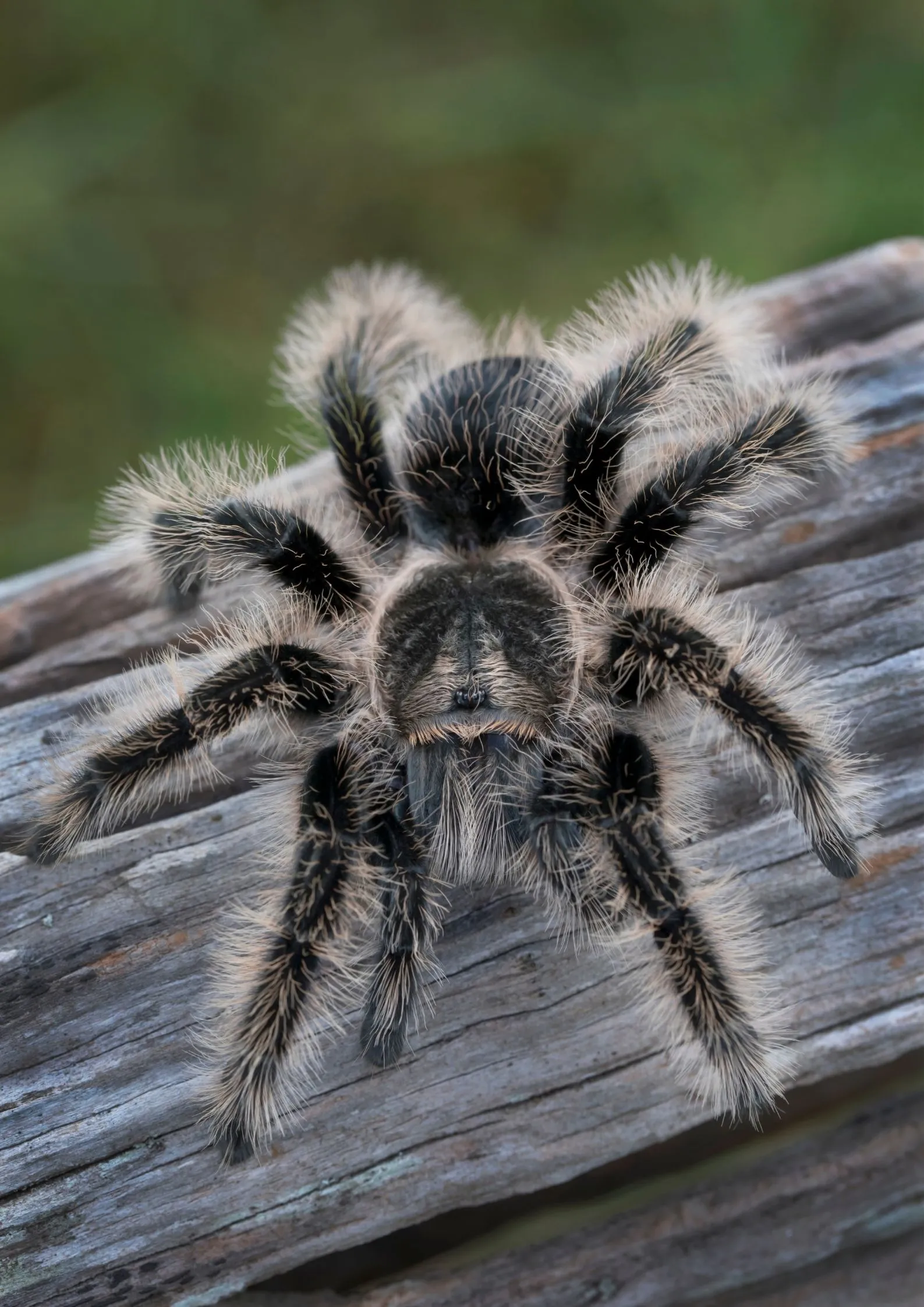
Even with proper care, Mexican Curly Hair Tarantulas can sometimes experience health problems. Understanding common health issues and how to address them is important for responsible tarantula ownership. Recognizing the signs of illness early can help you prevent serious complications. The most common problems are often linked to incorrect environmental conditions or poor husbandry practices. Regular observation of your tarantula and its enclosure, coupled with preventative measures, can minimize the risk of health problems. It is also crucial to consult with a veterinarian familiar with tarantulas if you notice any unusual symptoms or behaviors.
Moulting Process
Molting is a natural process where tarantulas shed their exoskeleton to allow for growth. The frequency of molting depends on the age of the tarantula; spiderlings molt more frequently than adults. Before molting, the tarantula may stop eating, become less active, and may appear sluggish. The abdomen may darken. The tarantula will usually flip onto its back during the molting process. Do not disturb the tarantula during molting. It is a vulnerable time. Ensure the humidity is adequate. After molting, the tarantula will be soft and vulnerable. Do not feed the tarantula for a few days until its fangs harden. The molted exoskeleton, or exuvia, can be removed once it is completely dry. Molting is an essential part of the tarantula’s life cycle, allowing it to grow and regenerate. Observe your tarantula carefully during this process.
Dealing with Parasites and Diseases
While relatively resistant to diseases, tarantulas can sometimes be affected by parasites or infections. Mites are a common problem; these tiny pests can infest the tarantula and its enclosure. Signs of a mite infestation include tiny, moving specks on the tarantula’s body. You can treat mites by improving the enclosure’s hygiene, and you may need to consult a veterinarian. Fungal infections can also occur, often caused by high humidity and poor ventilation. Symptoms of fungal infections include discoloration of the tarantula’s body. Clean the enclosure and ensure proper ventilation to prevent fungal infections. Bacterial infections are less common but can occur due to poor hygiene. Maintain a clean enclosure and use a clean food source. If you suspect your tarantula is ill, it is important to consult with a veterinarian specializing in exotic animals for proper diagnosis and treatment. Prevention is always the best medicine.
Breeding and Reproduction
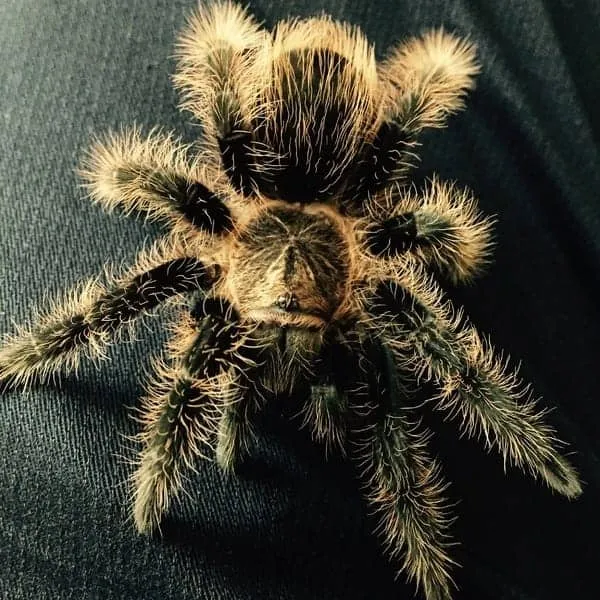
Breeding Mexican Curly Hair Tarantulas can be a rewarding experience, but it requires careful planning and knowledge. Breeding tarantulas is not recommended for beginners, as it can be challenging. It involves understanding the mating process, providing suitable conditions, and caring for the eggs and spiderlings. To successfully breed tarantulas, you must be able to provide the necessary resources and dedicate the time required. If you are considering breeding, it is important to research and be prepared for the responsibility.
Sexing Your Tarantula
Determining the sex of your tarantula is an important step if you intend to breed it. You can usually determine the sex of the tarantula by examining its exuvia (molted exoskeleton). On the underside of the exuvia, look for a small flap between the book lungs (two pairs of slits). Males will have a distinct flap. Females will have a slightly different structure. Another way to determine the sex is to look for the presence of tibial hooks on the male’s front legs. These hooks are used during mating. This method is most effective for adult tarantulas. If you are unsure, you can always consult with a veterinarian or an experienced tarantula keeper.
Mating and Egg Sacs
Mating Mexican Curly Hair Tarantulas involves introducing a mature male to a mature female. The male will approach the female with caution. If the female is receptive, she will allow the male to mate with her. The male will deposit sperm webs. The female will lay eggs after mating. The eggs will be enclosed in an egg sac. The female will typically guard the egg sac. The incubation period is usually a few weeks. Once the spiderlings hatch, they will resemble tiny versions of the adults. Spiderlings will require specialized care. The spiderlings should be separated into individual containers to prevent cannibalism. Breeding tarantulas is a complex process. Be prepared for the many challenges.
Conclusion
Caring for a Mexican Curly Hair Tarantula can be a rewarding experience for any pet owner. With the right knowledge, a well-prepared habitat, and a commitment to their well-being, you can enjoy the fascinating world of these gentle giants. Understanding their needs, including their habitat, diet, and health considerations, is crucial for providing them with a healthy and happy life. By following this simple care guide, you can ensure your tarantula thrives. Remember that patience, observation, and a willingness to learn are essential. The Mexican Curly Hair Tarantula is a fascinating and rewarding pet. Enjoy the journey of tarantula ownership, and appreciate the unique beauty of these remarkable creatures.
